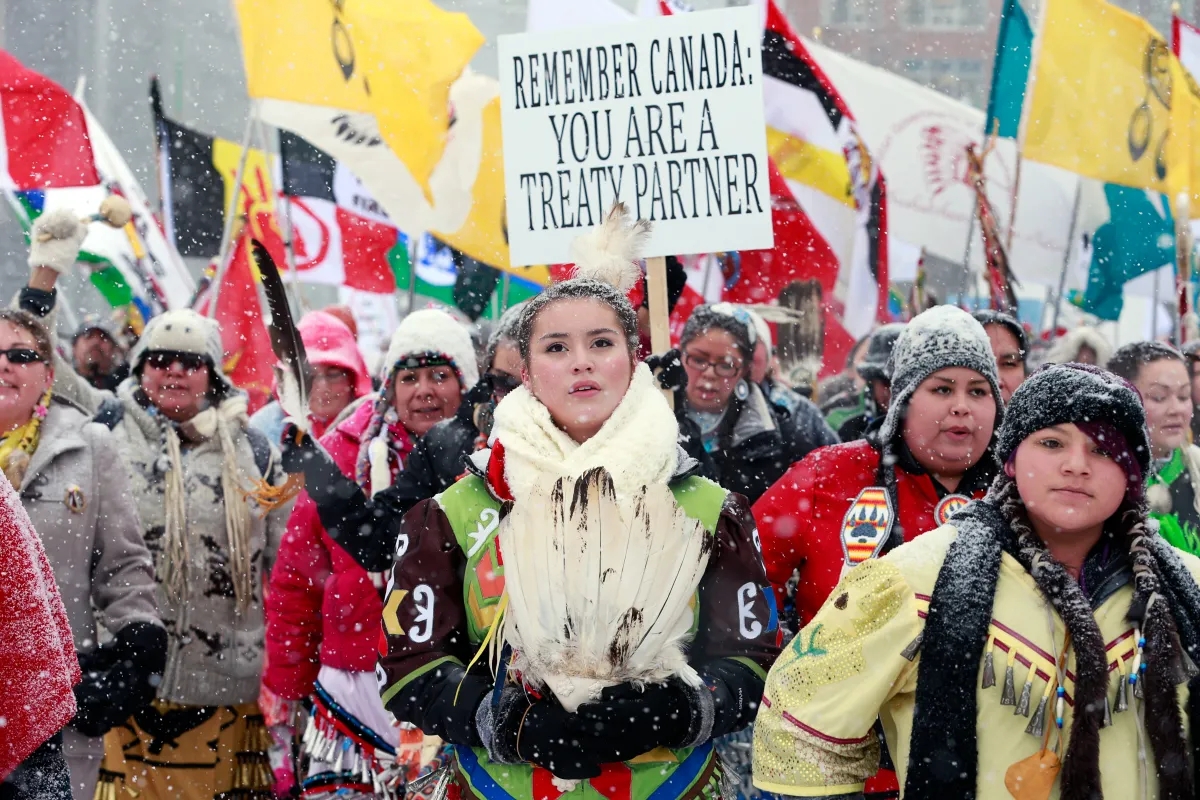“That hand is not the color of yours, but if I prick it, the blood will flow, and I shall feel pain. The blood is of the same color as yours. God made me, and I am a Man.” – Ponca Chief, Standing Bear In Canada, the Indigenous community faces ongoing challenges of discrimination andContinue reading “Structural Racism against Indigenous People in Canadian Law Enforcement”
Category Archives: History
CRITICAL RACE THEORY — WHAT IT IS AND WHY IT MUST BE TAUGHT
Hi Campus Unicef Readers! In today’s blog, we dive into critical race theory – what it looks like, why it’s imperative the content is taught in Canadian curriculums, and important figures in critical race theory that youth should look up to. What is Critical Race Theory? Critical Race Theory (CRT) is the study of howContinue reading “CRITICAL RACE THEORY — WHAT IT IS AND WHY IT MUST BE TAUGHT”
AMBER VALLEY: CANADA’S BLACK COMMUNITY
The community of Amber Valley, Alberta was founded in 1910 by African American families from Oklahoma, Texas, and other nearby states. Seeking a life away from segregationist Jim Crow laws, racial hostility, and violence in the US, they came in response to the Canadian government’s offer of free land in the western part of the country.
ALBERTA’S RACIST ROOTS AND WHY THEY MATTER
As an Albertan, how much do you know about anti-black racism and its beginnings in our community? In 2017, Alberta became the fourth province in Canada to recognize February as Black History Month, and yet still, the majority of Albertans—admittedly, myself included—know very little about the complex history of African-Canadians in our province. So what is that history and why has it been so largely undiscovered? And, more importantly, why should we pay attention to it? In this post, I not only want to discuss and celebrate the rich history of Black peoples in Alberta but delve into the institutionalized racism of the past that has set the stage for the many struggles the Black community still face today.
A CANADIAN COLONIAL LEGACY: HOMELESS INDIGENOUS YOUTH
Homelessness disproportionately impacts Indigenous peoples on a global scale. As a country that has legacies of colonialism, specifically in the capacity of residential schooling for indigenous youth, Canada’s homeless demographic is largely composed of those with indigenous identity. Data shows that these legacies, such as abusive childhoods, are the cause for many indigenous youths to leave home. In order to reduce the rates of homeless Indigenous youth, we need to listen to Indigenous perspectives and live our day-to-day lives with cultural awareness.




